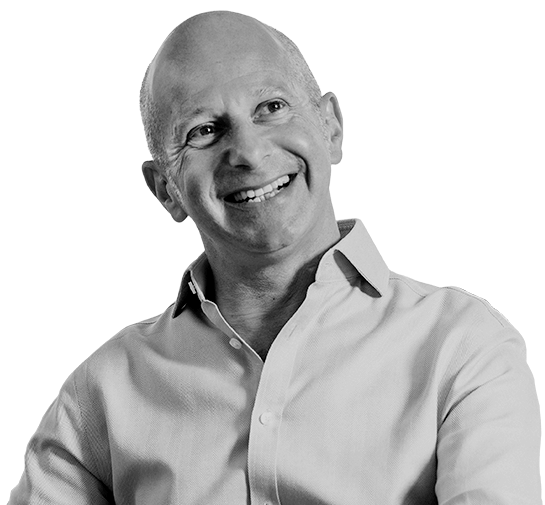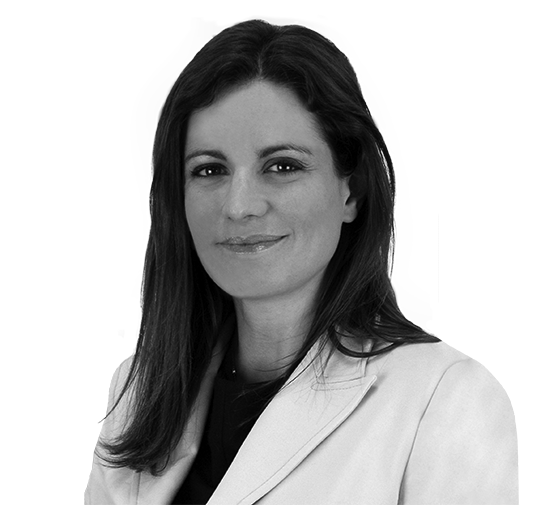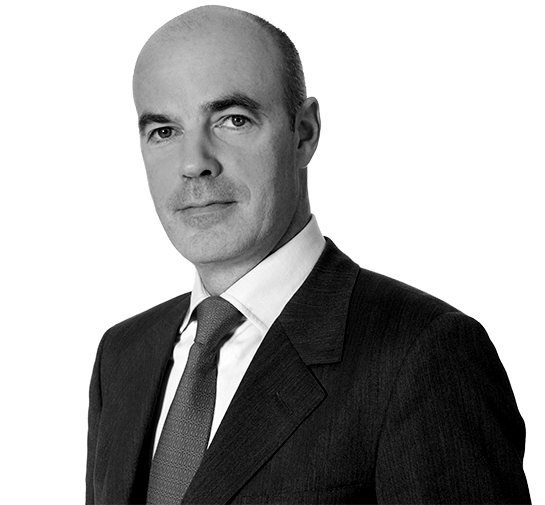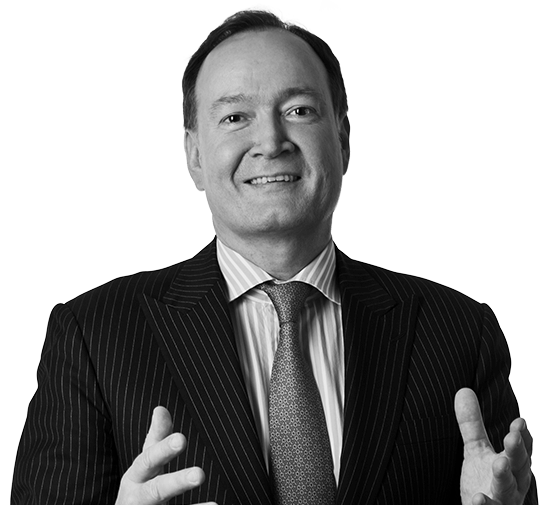Private Equity Market Snapshot
September 2023

After a relatively slow summer for deal activity, the most notable private equity developments over the last month were in the non-deal segments of the private equity market.
CVC Capital Partners defied a labored fundraising environment this summer, closing the largest European buyout fund ever raised. At €26bn, the firm’s ninth flagship vehicle flew past its original target in just over six months. The level of confidence in the CVC model which this demonstrates – not to mention the fee income which this fund and others (including the recently-acquired Glendower secondaries business) seem well-placed to secure – has reportedly provided the impetus for a renewed run at a potential IPO on the Amsterdam Stock Exchange.
CVC is not the only firm to have recently charted a successful course through these challenging conditions: CD&R has exceeded a $20bn target to reach a hard cap for Fund XII of around $23bn, and early in the summer TA Associates raised $16.5bn for flagship fund TA XV.
However, these undoubted successes do not signal the return of fundraising exuberance just yet.

After a relatively slow summer for deal activity, the most notable private equity developments over the last month were in the non-deal segments of the private equity market.

CVC Capital Partners defied a labored fundraising environment this summer, closing the largest European buyout fund ever raised. At €26bn, the firm’s ninth flagship vehicle flew past its original target in just over six months. The level of confidence in the CVC model which this demonstrates – not to mention the fee income which this fund and others (including the recently-acquired Glendower secondaries business) seem well-placed to secure – has reportedly provided the impetus for a renewed run at a potential IPO on the Amsterdam Stock Exchange.
CVC is not the only firm to have recently charted a successful course through these challenging conditions: CD&R has exceeded a $20bn target to reach a hard cap for Fund XII of around $23bn, and early in the summer TA Associates raised $16.5bn for flagship fund TA XV.
However, these undoubted successes do not signal the return of fundraising exuberance just yet.
The Market Adjusts
Elsewhere, even highly respected managers are extending their fundraising deadlines and cutting targets.
Meanwhile, in the upper reaches of the mid-market, Astorg is amongst the latest to have revised its fundraising ambitions. The firm secured €4bn for its latest flagship fund, launched in December 2021 before conditions weakened, having reduced its initial target of €6.5bn to €4.5bn.
Indeed, the amount of global private capital raised in the first six months of this year fell to $517bn, a 35% decline year-on-year, according to Bain’s Private Equity Midyear Report1. As noted by Preqin, there are 13,931 funds on the road today seeking an aggregate $3.3tn in new capital2, yet only around $1tn in investor allocations are available. This potentially marks the worst fundraising supply and demand imbalance since the global financial crisis.

Unlocking Liquidity
While the macro-economic challenges are significant, these trends do not appear to be secular in nature or driven by a cooling in the long-term prospects for private equity as an asset class. Liquidity and allocation issues should be only temporary phenomena across the market as a whole. The $2.8tn that remains locked in private equity-backed businesses is making it hard for investors to recycle capital into new vintages, so pressure for exits continues to build. But the risk of a gap in pricing expectations seems to remain in many cases, and at the same time many portfolio companies are running hard to stand still from an earnings perspective in the face of cost-base inflation.
GPs continue to deploy the full spectrum of creative measures – from secondary deals to NAV financings - to proactively address investors’ liquidity needs. A recent survey conducted by Investec showed that 93% of GPs in the secondaries space expect deal volumes in 2023 to exceed those in 20223. Meanwhile, a total of $37.2bn was raised for secondaries strategies in the first half, according to data from Private Equity International, up 29% year-on-year5. Secondaries’ share of the overall fundraising market has also climbed to 18%.

Unlocking Liquidity
While the macro-economic challenges are significant, these trends do not appear to be secular in nature or driven by a cooling in the long-term prospects for private equity as an asset class. Liquidity and allocation issues should be only temporary phenomena across the market as a whole. The $2.8tn that remains locked in private equity-backed businesses is making it hard for investors to recycle capital into new vintages, so pressure for exits continues to build. But the risk of a gap in pricing expectations seems to remain in many cases, and at the same time many portfolio companies are running hard to stand still from an earnings perspective in the face of cost-base inflation.

GPs continue to deploy the full spectrum of creative measures - from secondary deals to NAV financings - to proactively address investors’ liquidity needs. A recent survey conducted by Investec showed that 93% of GPs in the secondaries space expect deal volumes in 2023 to exceed those in 20225. Meanwhile, a total of $37.2bn was raised for secondaries strategies in the first half, according to data from Private Equity International, up 29% year-on-year5. Secondaries’ share of the overall fundraising market has also climbed to 18%.
Wider Fall-Out?
As investors concentrate their available capital toward a smaller number of sponsors, some commentators have suggested that some smaller or single-strategy sponsors are increasingly likely to become part of a consolidation in the market. Indeed, a survey conducted by PwC this summer predicts that one in six asset managers could be subsumed by larger groups by 2027, as almost three quarters of asset managers consider acquiring or merging with a competitor6.
Even if the end of a low interest rate, low inflation environment takes time to work its way through the economy and the current conditions bring about some changes in the private equity market, the long-term drivers for the private equity industry remain positive and the fundraising successes of the last month are hopefully welcome evidence of that.






























